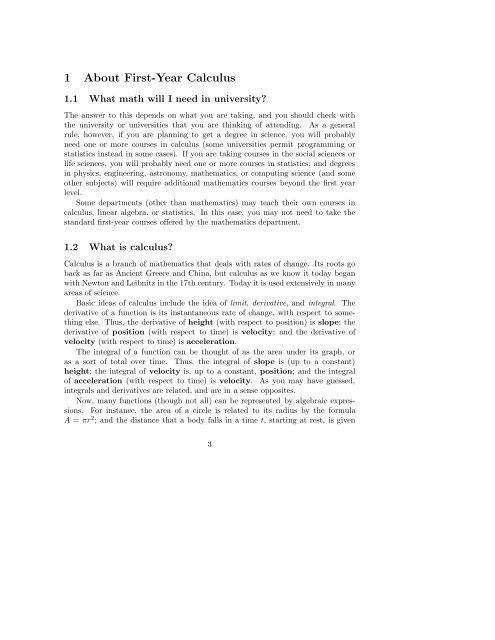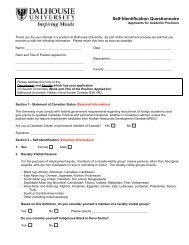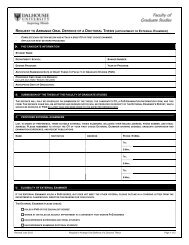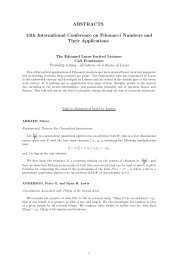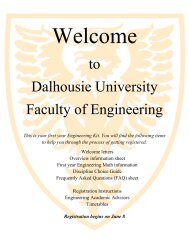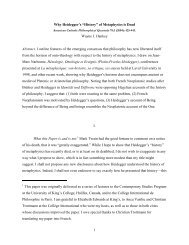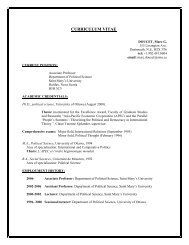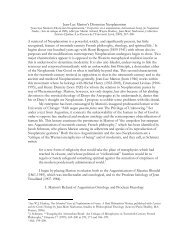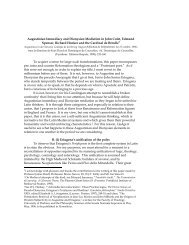Preparing for University Calculus - Math and Computer Science
Preparing for University Calculus - Math and Computer Science
Preparing for University Calculus - Math and Computer Science
Create successful ePaper yourself
Turn your PDF publications into a flip-book with our unique Google optimized e-Paper software.
1 About First-Year <strong>Calculus</strong>1.1 What math will I need in university?The answer to this depends on what you are taking, <strong>and</strong> you should check withthe university or universities that you are thinking of attending. As a generalrule, however, if you are planning to get a degree in science, you will probablyneed one or more courses in calculus (some universities permit programming orstatistics instead in some cases). If you are taking courses in the social sciences orlife sciences, you will probably need one or more courses in statistics; <strong>and</strong> degreesin physics, engineering, astronomy, mathematics, or computing science (<strong>and</strong> someother subjects) will require additional mathematics courses beyond the first yearlevel.Some departments (other than mathematics) may teach their own courses incalculus, linear algebra, or statistics. In this case, you may not need to take thest<strong>and</strong>ard first-year courses offered by the mathematics department.1.2 What is calculus?<strong>Calculus</strong> is a branch of mathematics that deals with rates of change. Its roots goback as far as Ancient Greece <strong>and</strong> China, but calculus as we know it today beganwith Newton <strong>and</strong> Leibnitz in the 17th century. Today it is used extensively in manyareas of science.Basic ideas of calculus include the idea of limit, derivative, <strong>and</strong> integral. Thederivative of a function is its instantaneous rate of change, with respect to somethingelse. Thus, the derivative of height (with respect to position) is slope; thederivative of position (with respect to time) is velocity; <strong>and</strong> the derivative ofvelocity (with respect to time) is acceleration.The integral of a function can be thought of as the area under its graph, oras a sort of total over time. Thus, the integral of slope is (up to a constant)height; the integral of velocity is, up to a constant, position; <strong>and</strong> the integralof acceleration (with respect to time) is velocity. As you may have guessed,integrals <strong>and</strong> derivatives are related, <strong>and</strong> are in a sense opposites.Now, many functions (though not all) can be represented by algebraic expressions.For instance, the area of a circle is related to its radius by the <strong>for</strong>mulaA = πr 2 ; <strong>and</strong> the distance that a body falls in a time t, starting at rest, is given3


